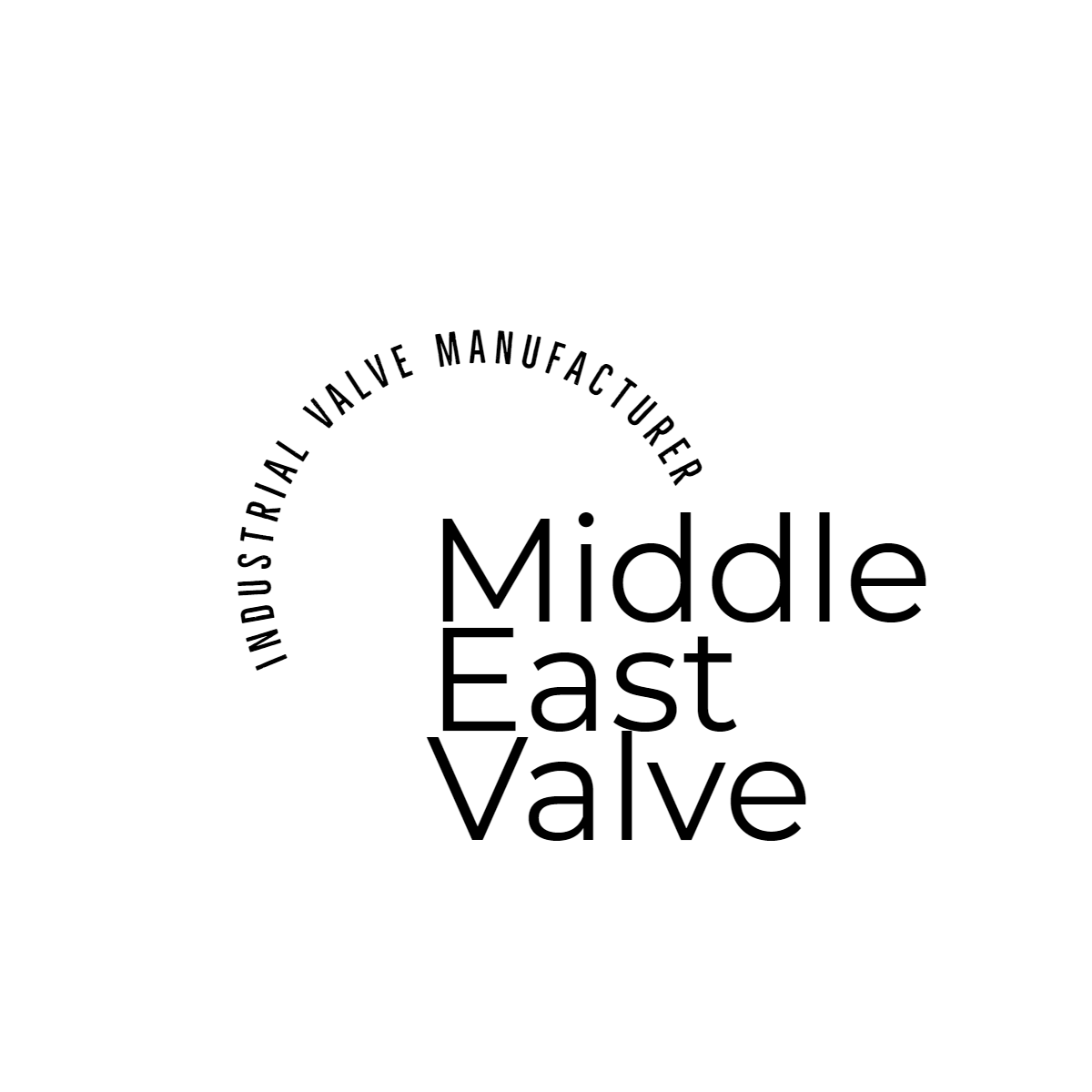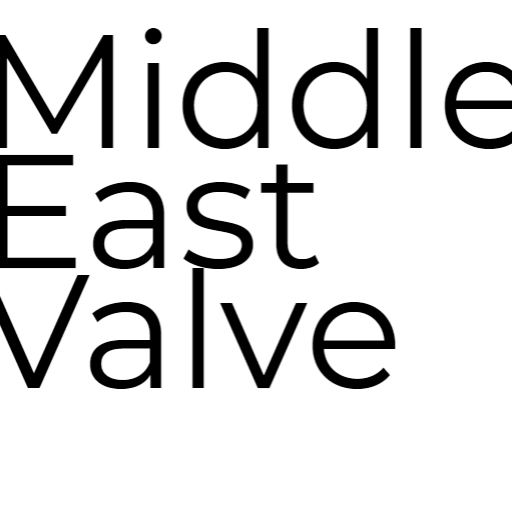- Control Valve
- Pneumatic Control Valve
- Pneumatic Angle Control Valve
- 3 Way pneumatic Diaphragm Control Valve
- 3 Way Converging and Diverging Control Valve
- Fluorine Lined Single Seat Control Valve
- Pneumatic Cage Control Valve
- Pneumatic Double Seat Control Valve
- Pneumatic Single Seat Globe Control Valve
- Pneumatic Flow Control Valve
- Pneumatic Sleeve Type Control Valve
- Pneumatic Actuated Globe Type Control Valve
- Electric Actuated Control Valve
- Pneumatic Control Valve
- Cryogenic Valve
- Pressure Reducing Valve
- Safety Valve
- Check Valve
- Gate Valve
- Butterfly Valve
- Globe Valve
- Ball Valve
- Electric Actuated Valve
- Electric Actuated Ball Valve
- Electric Actuated Butterfly Valve
- Electric Actuated Gate Valve
- Electric Actuated Globe Valve
- Pneumatic Actuated Valve
- Plunger Valve
- Strainers
- Steam Trap
- Knife Gate Valve
- Speciality Valve
- Alloy 20 Valve
- Duplex Valve
- Super Duplex Valve
- Hastelloy C276/B3 Valve
- Aluminium Bronze Valve
- Titanium Valve
- Bronze Valve
- Monel Valve
- Triple Duty Valve
- Suction Diffuser
- Diaphragm Valve
- Plug Valve
- Foot Valve
- Air Release Valve
- Surge Anticipator Valve
- Needle Valve
- Balancing Valve
Pressure Reducing Valve vs. Control Valve: Which One to Choose?
For equipment efficiency, safety, and longevity in industrial and commercial uses, control of fluid flow and pressure is essential. Even though they both play different roles, two major elements used for this purpose are Control Valves and Pressure Reducing Valves (PRVs). What valve is best for your system depending on what it requires specifically. This blog post will be going over the operations, the differences, uses, benefits, and limitations of these two valves so that you can make a sound decision.
Pressure Reducing Valve (PRV): What is it?
It is a valve which holds a certain, predetermined pressure downstream of the valve, independent of the upstream pressure variations. It serves as a buffer between the high-pressure source and the system or equipment requiring lower pressure, so that the pressure never exceeds safe operating values.
Working Principle:
Irrespective of upstream pressure fluctuations, an automatic valve called a pressure reducing valve (PRV) regulates and maintains downstream pressure at a specified value. To control the flow rate and reduce pressure suitably, it employs a spring-loaded diaphragm or piston mechanism that adjusts the valve opening.
Types:
Direct acting pressure reducing valve
Pilot operated pressure reducing valve
Pressure-sustaining pressure reducing valve
Parts:
Body
Inlet and outlet ports
Valve seat
Actuator
Gasket
Industries:
Oil and Gas Industry
Power Generation Plants
Chemical Industry
Water Treatment Plants
Plumbing and Irrigation Industry
Automotive Industry
Marine and offshore Industry
Aerospace Industry
Pulp and Paper Industry
Mining Industry
Advantages of Pressure-Reducing Valve:
Automated pressure control that does not need external power
Reduces the workload on equipment and pipes
Energy and cost-efficient
Very little maintenance is required
Limitations of Pressure- Reducing Valve:
Limited ability to control conditions of dynamic flow
Not ideal for precise control of flow
Control Valve: What is it?
Control valves are an essential part in fluid control systems. They open or close or vary the extent of opening/closing of valves to control fluid flow—be it gas, steam, or liquid—within pipes based on a signal they receive from a controller.
Working Principle:
A control valve is a dynamic device which applies control system signals to control temperature, pressure, flow, or levels of liquids. Such valves employ a hydraulic, electric, or pneumatic actuator to modify the valve opening in accordance with system requirements.
Types:
Three way control valve
Cage type control valve
Double seat control valve
Type shutoff control valve
Single Seat control valve
Water Control valve
Globe Control valve
Angle type control valve
Industries:
Oil and Gas Industry
Pipeline Industry
Marine Industry
Power Industry
Nuclear Industry
Mining Industry
Chemical Industry
Petrochemical Industry
Steam Services Industry
Advantages of Control Valve:
Permits precise pressure and flow control.
Can be automated for monitoring and remote control.
Suitable for complex industrial processes.
Comes in various forms (ball, butterfly, globe, etc.)
Limitations:
- Requires external power to operate.
- Higher costs for installation and maintenance.
- More challenging to install than PRVs.
Main Differences Between Pressure Reducing Valves and Control Valves:
1. Usability
- PRV: Self-adjusts to maintain a specified downstream pressure.
- Control valve: Dynamically controls temperature, pressure, or flow in accordance with control input.
2. Mode of Operation
- PRV: Operates based on mechanical components (piston, diaphragm, or spring).
- Control valve: To execute precise adjustments, employ hydraulic, electric, or pneumatic actuators.
3. Field of Application
- PRV: Suitable for application where there is a need for stable pressure control with little readjustment.
- Control valve: Suitable for application where there is a need for constant pressure or flow adjustment.
4. Costs
- PRV: Low maintenance requirements and is cheaper.
- Control Valve: Due to automation and accurate control, there are increased initial and maintenance costs.
5. Energy Requirement
- PRV: There is no need for power.
- Control Valve: Sensors and actuators require a source of power.
Importance of Choosing the Right Valve:
Choosing the proper valve is of utmost importance to system cost, safety, and efficiency. Inaccurate selection can cause equipment failure, pressure surge, or improper operation. Control valves enable high-precision, dynamic adjustment for sophisticated industrial processes, while pressure reducing valves are perfectly adapted to stable, steady pressure control. Discussion with a knowledgeable valve supplier guarantees the optimal fit for your particular requirements.
Which to Choose?
Choose a Pressure-Reducing Valve If:
- You need to maintain constant downstream pressure.
- Your system requires no constant adjusting.
- You prefer a low-cost, low-maintenance solution.
- Your application is in steam systems, fire protection, or water supply.
Choose a Control Valve If:
- You must control flow and pressure exactly and dynamically.
- As your system is automated, it must be continuously monitored.
- Your control must be exact in your complex manufacturing process.
- Your industry is either electricity generation, chemical processing, or oil and gas.
Why Choose Middleeast Valve?
It is our objective at Middleeast Valve Company to address industrial requirements with the supply of quality, high-performance valve solutions. In order to ensure durability and effectiveness, our broad array of control and pressure-reducing valves is designed and produced with premium materials and precise engineering. We are your reliable business partner for every valve solution in the Middle East and globally based on our guarantee of customer satisfaction, competitive price, and on-time delivery.
Both control valves and pressure-reducing valves are both necessary to regulate fluid flow and pressure management. PRVs are well suited for continuous, automatic pressure regulation, while valves offer advanced modulation for precise control, but only the budget, the level of control needed, and the needs of the system determine the ideal choice.
We at Middleeast Valve Company offer a wide range of high-quality PRVs and Control Valves that are designed to enhance the durability, efficiency, and safety of industrial applications. To get the best valve for your needs, contact us now!

